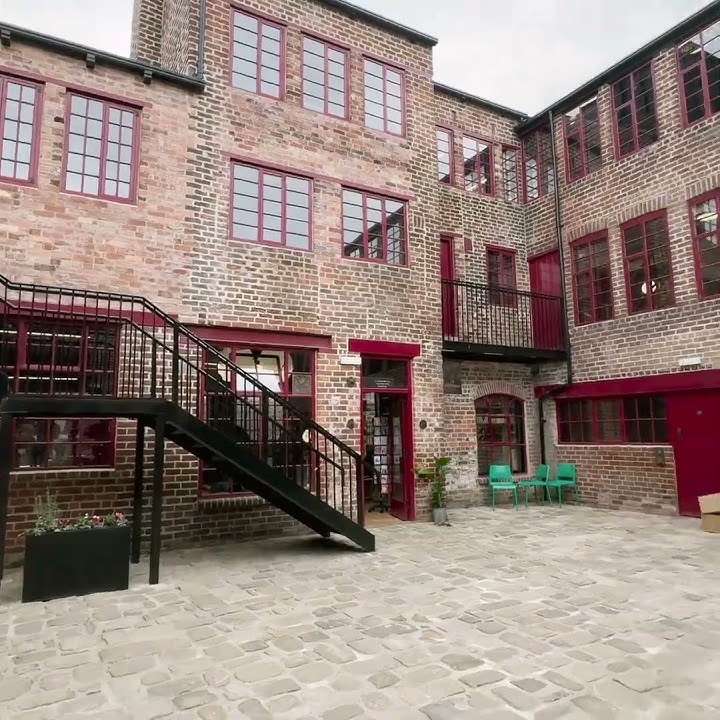The Fire Sector Federation (FSF) and Construction Industry Council (CIC) are calling for change to Building Regulations Guidance due to complex and inconsistent language, which has left even fire sector experts confused.
So obscure is the language used in the current Building Regulations and its Guidance in Approved Document B, it has kept the experts from these two organisations confused for almost a decade.
The revelations come from a study by the Fire Sector Federation which found:
- 92% of FSF members indicate a need to make changes to Building Regulations and Approved Document B
- More than half of the Construction Industry Council find the Guidance in Approved Document B difficult to use
- 100% agreed the need to address inconsistencies in building definitions.
The study was led by the FSF’s Built Environment Issues and Affairs Workstream which surveyed Federation and CIC membership – which ranges from chartered associations to trade unions, building architects, engineers and building control officers to the UK’s fire and rescue services – on issues pertaining to clarity of wording, user-friendliness, adaptation to construction trends and the incorporation of factors other than life safety, on which the Building Regulations and its Guidance in Approved Document B’s scope is based.
The findings reveal both the FSF and CIC believe issues with definitions, clarity of wording, adaptation to construction trends and its scope in the Guidance in Approved Document B should be addressed. The FSF is of a collective opinion a significant attitude change to fire safety is needed whereby proper assessment of construction products and methods, the consideration of credible research and mandatory accreditation must be urgently pursued.
Celestine Cheong, Chair of the Built Environment Issues and Affairs Workstream, said: “The Federation is founded on acceptance that fire safety in the UK is far wider than the Fire and Rescue Service alone because emergency firefighting is a measure implemented when safety features and protection has failed, and we need to remove this eventuality as much as possible.
“We understand the pressures on Government and we would like to help resolve issues pertaining to fire. Having identified areas in this study such as the research underpinning the Guidance being out of date, complex wording and the Guidance’s limited applied scope, we wish to work with Government to develop further opinion on an agreed frequency of updates, idea generation with relevant stakeholders for improved clarity of text, and to develop opportunities to minimise risks and impacts from fire to property, the wider built and other environments.”
Graham Watts OBE, Chief Executive of the Construction Industry Council, said: “As best practice and new technology evolves, it is essential that Building Regulations and Guidance Documents are aligned with these new developments, that they are clear in their meaning and easy to use. This necessitates a regular need for review to ensure relevance. A review of Approved Document B is long overdue. I welcome the findings of this study in drawing attention to problems that are challenging FSF and CIC members and may be compromising fire safety in our built environment.”
Mark Shepherd, Manager, General Insurance, Association of British Insurers (ABI), said: “The Guidance in Approved Document B should promote a risk-based approach to fire safety and recognise the inter-relationship between fire safety, arson and security in buildings, and the impact of fire on communities. It is time that fire safety design guidance considers all pertinent risk factors including social, economic and environmental factors such as proximity to, and use of neighbouring buildings, local rates of fire and arson, and levels of deprivation.”
Paul Everall, Chief Executive of the Local Authority Building Control, said: “The Approved Documents provide essential guidance as to how to comply with the Building Regulations in England and Wales. As such, it is vitally important that the advice in them is clear and unambiguous, and that they reflect changes in construction practice. It is some time since Approved Document B was updated, and I welcome this survey of CIC members which shows how necessary a review now is.”
Key observations from the Federation’s surveys on Building Regulations and Approved Document B:
- Over 92% of FSF members indicate a need to make changes to the Building Regulations and Approved Document B
- 100% of FSF members agreed the need to address the inconsistences in building definitions
- Over 88% of FSF members agree the Approved Document B is not adapted to suit the trends used in today’s construction methods, design and usage, in comparison to 42.3% of CIC who do agree it is flexible – the majority (69%) of FSF members agree the research underpinning the Guidance in Approved Document B is out of date
- Both FSF and CIC members indicated the need for greater understanding, clarity and ease of use where the text in the Building Regulations and Guidance in Approved Document B is concerned
- The FSF survey gave rise to a need to further understand specifics involving clarity of text – for example, how to identify and formulate definitions
- 82% of FSF members indicated the scope of Approved Document B should be considered beyond “life safety” whereas 54% of CIC members said “life safety” is sufficient
- 90% of FSF members said third party accreditation should be mandatory instead of voluntary
- 43% of CIC members and 75% of FSF members think the Fire and Rescue Service should have the final decision over B5 compliance (access and facilities for Fire and Rescue Services)
- The Building Regulations and Approved Document B does not reflect modern building design and usage.
Research in 2005 from the Association of British Insurers (ABI) showed that by including requirements for fire safety management in Approved Document B, a net saving to society of up to £1 billion over 25 years through reduced incidence and severity of fires, could be realised.
The last available and recognised figure for the economic cost of fire was in 2008 when fire cost the UK £8.3 billion per year. Latest figures reveal the British economy lost £1 billion in GDP and 5,000 jobs during the years 2010-2014 to preventable commercial warehouse fires alone. The cost of fire to the UK is steeply rising despite fewer fire deaths recorded annually.
The Building Regulations and its Guidance in Approved Document B have not undergone an in-depth review since 2006. The most frequently reviewed Guidance documents are Part L (conservation of fuel and power) and Part Q (security), which are reviewed every two years.
Following a series of high profile social housing fires in recent years, and responding to the destruction of homes in Canterbury, Kent, in July this year, Canterbury and Whitstable MP, Julian Brazier, said: “My concern is that, at a time when building regulations are more prescriptive than ever on issues like energy saving, the basic requirement to make the building resilient to fire appears to have been lost sight of.”
The coroner involved with the Lakanal House fire in 2013 had also made recommendations for a review of the Guidance in Approved Document B under Rule 43 of the Coroners’ Rules. This is where evidence had given rise to a concern that circumstances creating a risk of other deaths will occur, or will continue to exist, in the future.




















